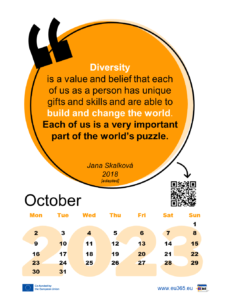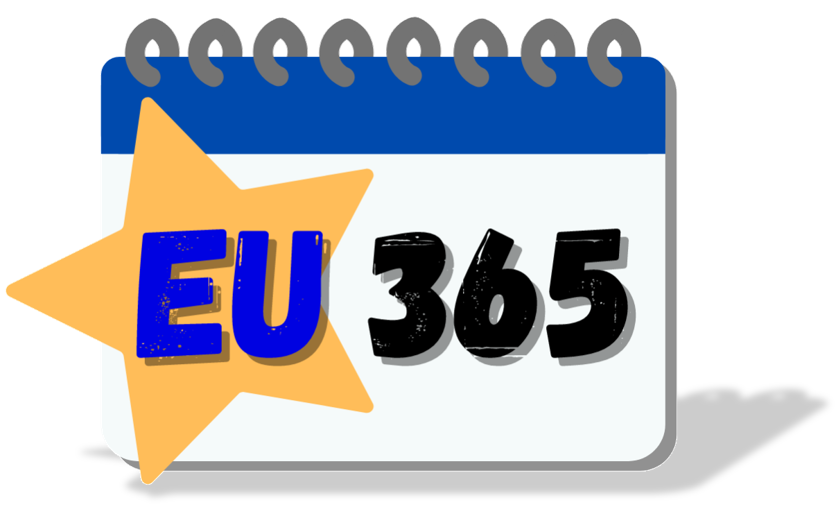SMALL PIECES OF A PUZZLE MAKE A BIG PICTURE
 Learners will be able…
Learners will be able…
… to compare and contrast their characteristics and abilities in relation to others.
… to identify their unique strengths/qualities.
… to recognize and assess different ways in which various characteristics of different people relate to one another to form a functioning whole (e.g., society).
You need:
- 20 minutes
- At least 3 people
- Pens and sticky notes (ideally, puzzle-shaped)
- Whiteboard or other large surface all participants will be able to see clearly
Instructions (Step-by-Step)
- Give the learners 3-5 minutes to reflect on their biggest strength, very good quality, ability, or positive characteristic – something they believe defines them, something they do well or something that is important to them. This can be something very simple. To help them start the thinking process, give them an example (bonus: include your own positive characteristic and participate actively in this exercise).
- Hand out the sticky notes to the learners and have them write their answers. Collect their notes and post them on the whiteboard.
- Discuss the characteristics one-by-one. What positive does this specific characteristic contribute to a greater whole (for example, the class)?
- Together with the group, try to find potential connections between different characteristics. How do they relate to one another? Together with the learners, physically move the post-its and draw connections between them or put together the puzzles.
- (For example: One student is full of interesting ideas and might be very good with coming up with various different solutions to a given task. Another might be good at identifying potential problems/issues, but not be able to find potential solutions. Another might be a good problem-solver. Together, they will form a good team where they will be able to come up with fresh ideas, identify potential issues with the idea, and find good solutions to potential issues, therefore tweaking the idea until it becomes a very solid plan. Therefore, their puzzle pieces/sticky notes could be connected to one another).
- Once all of the sticky notes have connections, discuss the experience with the group. What did they discover during this exercise?
Post Views: 759
